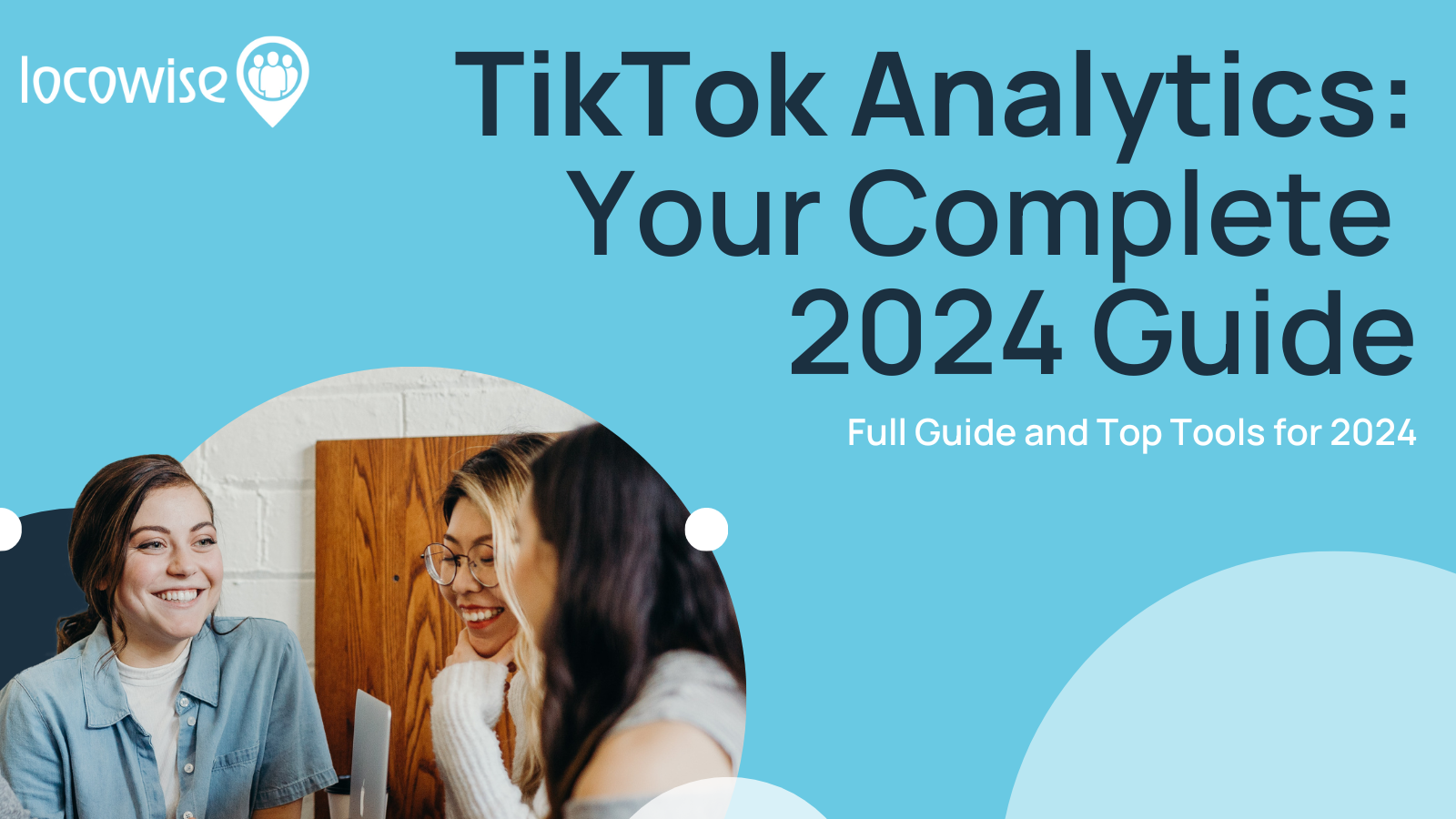What’s your ideal content mix?
Sahail Ashraf posted on 12 December 2022
Content is the lifeblood of social media marketing. But how do we know what to create and to publish? This guide goes through some pointers to making sure that what you send out there will build engagement.

Most marketers know that they cannot just take a ‘hit and hope’ approach to their content. The focus should be on finding what is best for your brand and then doing what works, time and time again. This does involve finding the right ‘mix’ of content for your brand. Working out the right combination of content types and making sure it is part of your approach is the best way to see success in marketing. With social media, you have to give the people what they want if you are going to stay relevant.
Steps to finding the right content mix
Step One: before you begin
Your first step is to work out what you are trying to say. Your brand is what it is. It has expertise and experience in some areas but not others. This means that you will find a priority on what you are actually going to be creating content about. And you’ll find this priority by understanding what it is you are trying to say to the world.
So focus on that expertise. And then start thinking about the personality of your brand. Think about how you talk to customers. Consider the mood in the office and the makeup of your staff. Are you fun-loving or deadly serious? Do you have a clear mission that will impact the world? These thoughts should be instrumental in defining how you will use your voice in the content you create.
Then work out what your audience wants and needs. If it is likely that you will be able to create informational content that educates your audience, then do that. But only do that if your audience will find it useful and need that content as part of the buyer journey.
Finally, work out what kind of resources you have. Do you have someone in the office who is a whizz at video? Are there many people who can write high quality blog posts on the team? Knowing the answers to these questions will help you understand what is possible.
Step Two: Purpose
It’s important that every piece of content you create has a clear purpose. This makes things a lot simpler, and also ensures that your audience doesn’t become confused at any point.
This ensures that whatever content you produce, it has a clear job to do. Keeping that job in mind makes the content more effective. You might want to share an opinion for example. If you start to veer off with waffling, your opinion won’t be as sharp.
Step Three: Format
This is where you narrow down the types of format you are capable of (remember the resources from earlier) and that also match the purpose of the content. If you’ve got a ton of information to get out there, then a long blog post may well be the thing to create.
If you’re just putting together a short notice about an upcoming sale then think about a quick post you can put together.
Then play to your strengths (or what actually works, and more on that in the next point) and focus on content that you have the resources and skills to create.
Step Four: What works
This is where you start to look at your data. After creating content for a while and for numerous different purposes, you will get to a stage where you can reliably pull up data on performance.
This data will show you which pieces of content have performed well in regards to engagement. You will also get data on the types of content that gather engagement. At Locowise, for example, we ensure that users can quickly hone in on the types of content that work for them. This means they can avoid creating videos, for example, when video simply doesn’t work for their brand.
Understanding what works is a huge leap forward for a brand. Getting the content mix right depends upon knowing what is successful and what is simply a waste of resources.
So what is your ideal content mix? Use tools to make sure you know the answer to this question. Once you know which content types resonate and build engagement, you’re on the right track to saving money and growing your brand on social media.
Are you a social media professional? Use Locowise to pick out the types of content that resonate the most with your audience, and then simply produce more of the stuff that works.



